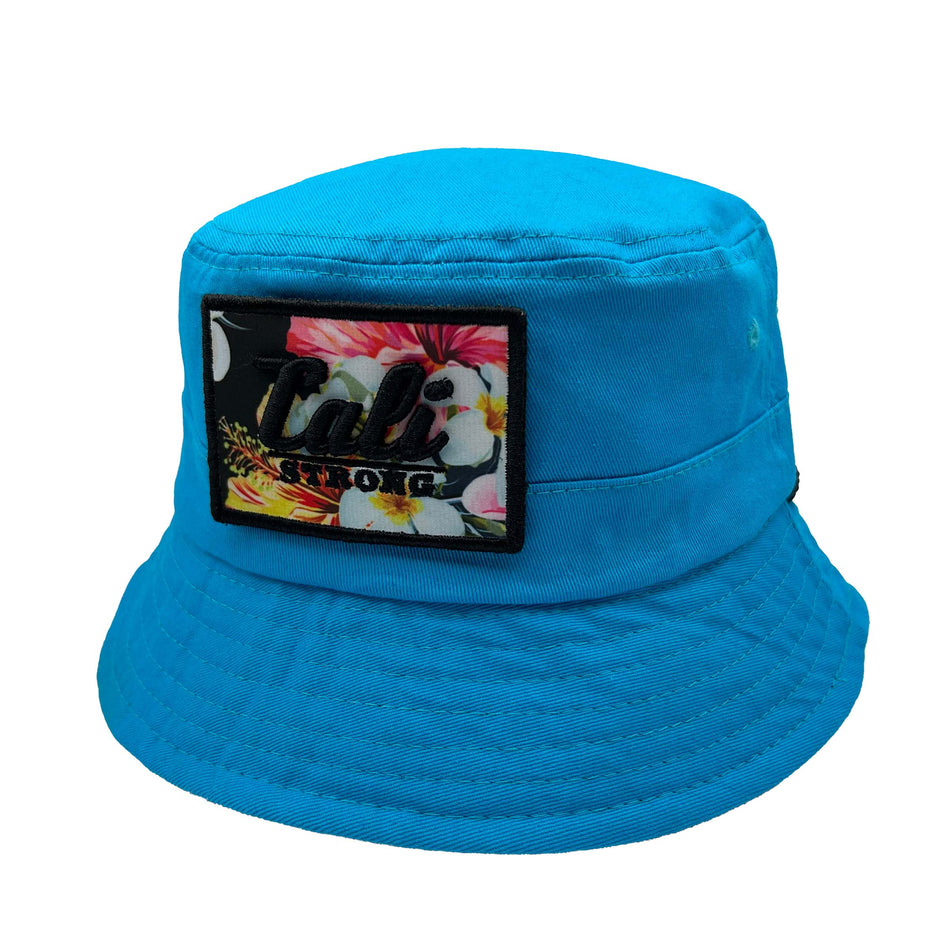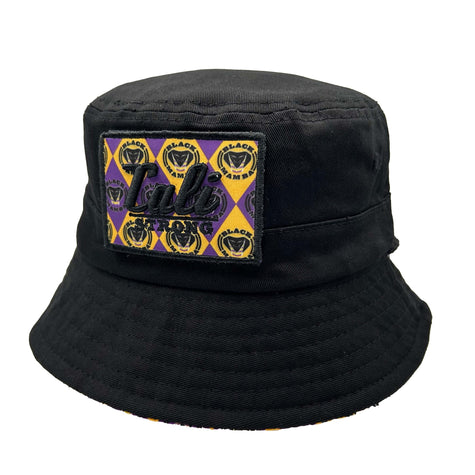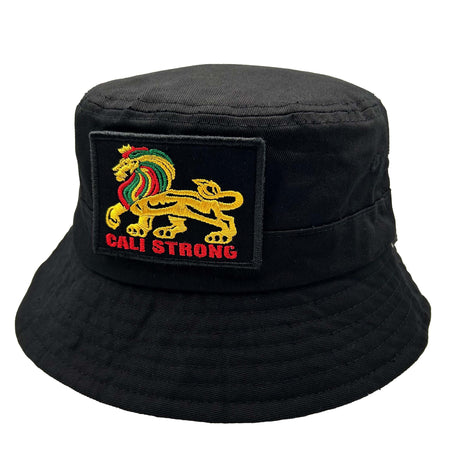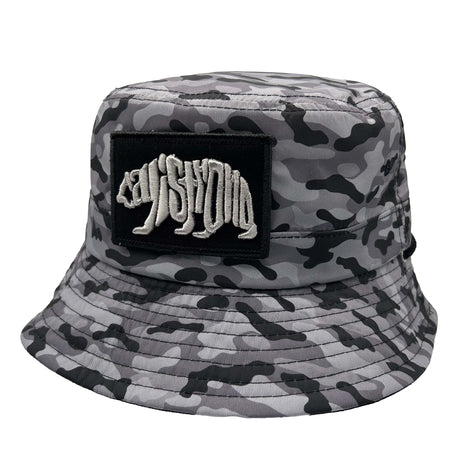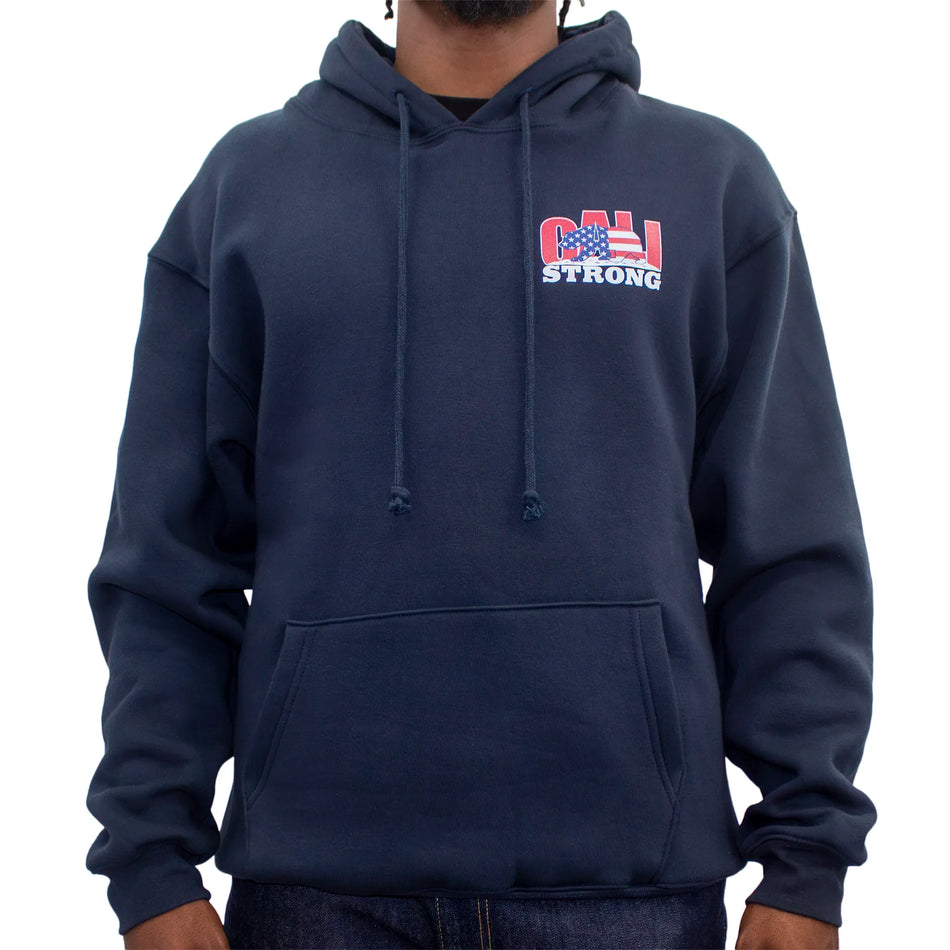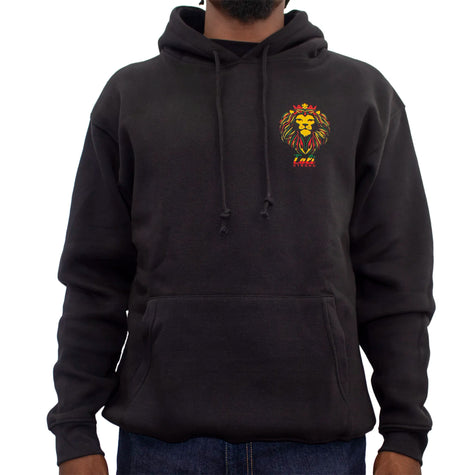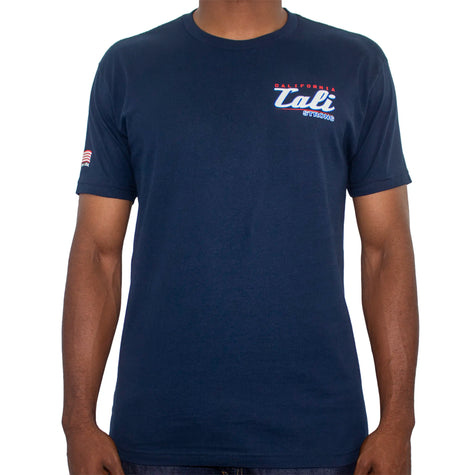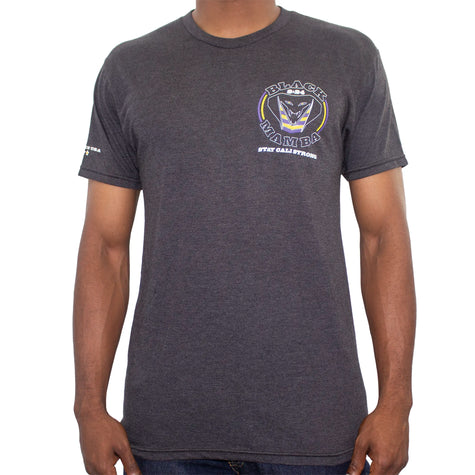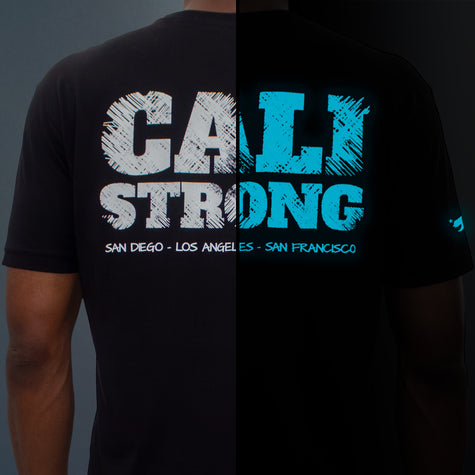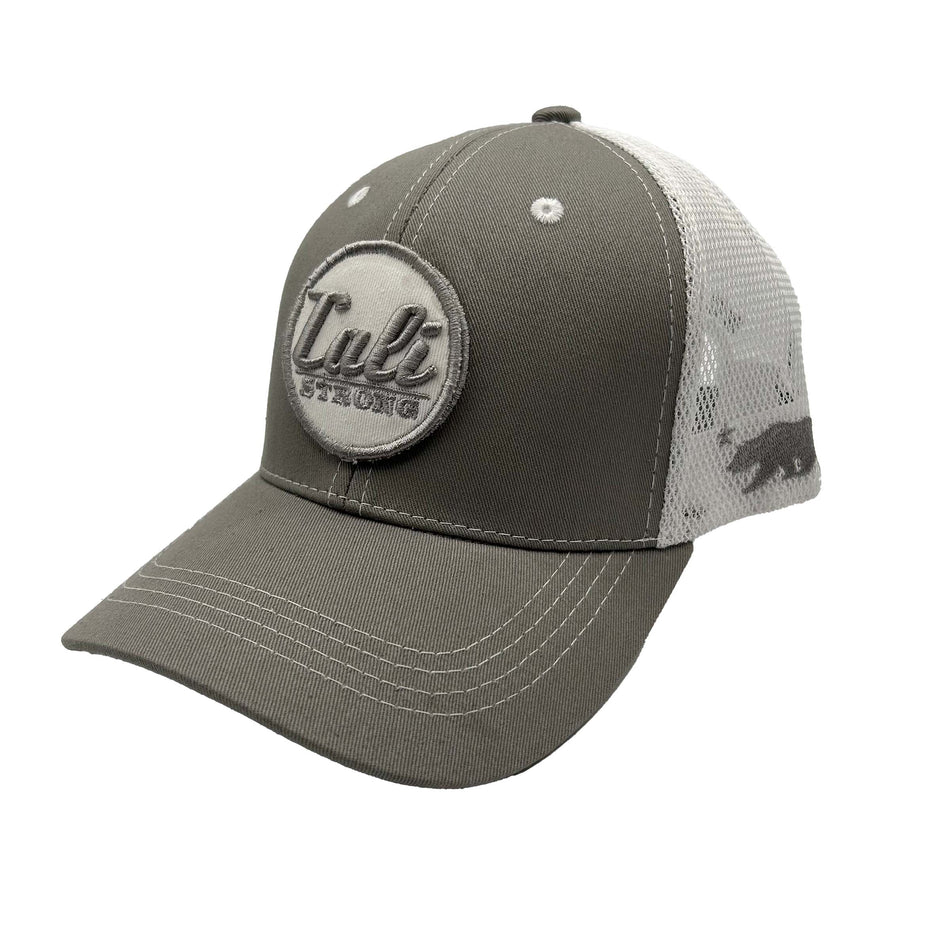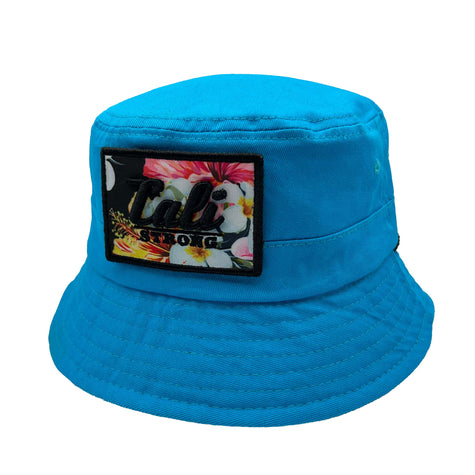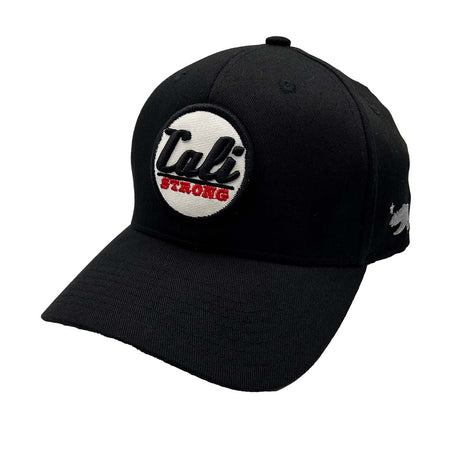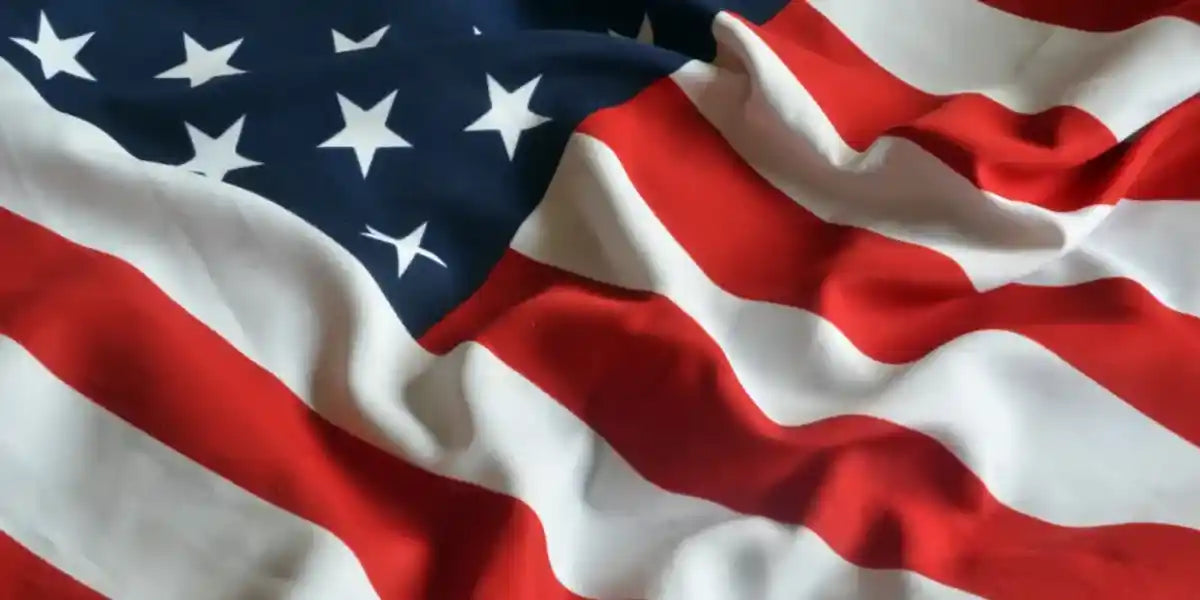What is a Morale Patch? The Secret Language of Warriors
How Our Morale Patch Adventure Began!
When Jennifer Echeverria and I launched CALI Strong at the 32nd Street Navy Exchange in San Diego, we found ourselves at the heart of a military community that transformed our understanding of what patches mean.
Inspired by the military's core values of honor, unity, and resilience, we built our brand on those fine character traditions with guidance from elite military advisors from SEAL Team 6, Army Delta Force, and the Marines.
Our journey into creating morale patch hats began with a simple idea: blend traditional military patch culture with contemporary style. This vision of interchangeable patches on tactical hats—allowing for dynamic personal expression while honoring military heritage—has grown into a collection of over 200 unique, innovative designs, each connecting past and present.
This isn't just about slapping patches on hats. It's about bringing that same precision and pride our advisors taught us to everything we do, whether it's designing gear for surfers or crafting patches tough enough for skaters grinding rails at midnight.
But to understand how these morale patches evolved from simple identification markers called Battle Patches to today's symbols of identity and pride, we need to go back to the early 20th century, when a simple patch could mean the difference between cohesion and confusion on the battlefield. What follows isn't just military history—it's a story of innovation, survival, and the incredible ways humans find to communicate through symbols when words aren't enough.
The Origins: More Than Just Unit Identification
Long before patches became fashion statements or morale boosters, they served a critical function in the heat of battle. The first record of morale patches dates back over a century, when British troops wore them to distinguish allies from enemies and identify their unit. 1
The need to distinguish friend from foe is as old as warfare itself. Ancient armies used colored sashes, painted shields, and distinctive plumes to prevent tragic mistakes in the chaos of combat. 2 ;

This need for clear identification carried over into the modern era, becoming particularly crucial during World War I. American forces, newly arrived in Europe, faced the challenge of building unit cohesion and identity among troops from diverse backgrounds. 3
Enter the 81st Division, known as the Wildcats. Stationed at Camp Jackson, South Carolina, they adopted a wildcat insignia to represent their local mascot, proudly displaying it on their left shoulder. Initially, higher command resisted this unauthorized addition to the uniform.
But General John J. Pershing, commander of the American Expeditionary Forces, recognized the potential of these insignias to boost morale and foster unit pride. He wisely allowed the practice, and soon, it became standard for divisions to adopt their own unique patches. 4

Each division poured its identity and history into these designs. The 1st Division chose the red numeral "1," a symbol that would earn them the nickname "The Big Red One." The 2nd Division, with their Indian Head patch, conveyed bravery and readiness. These early patches were more than just identifiers; they were the visual embodiment of a unit's fighting spirit.
A Precursor to the Modern Patch: The Blood Chit
Before the widespread adoption of unit patches, another form of identification played a crucial role in ensuring the safety of downed airmen or soldiers separated from their units: the blood chit. These were messages, often printed on cloth or cards, carried by military personnel to request aid if stranded, especially behind enemy lines.14
The formal use of blood chits began during World War II, when aircrews flew over vast, unfamiliar regions. These chits contained messages in several languages, requesting assistance and often promising rewards for safe return.15 They proved invaluable in securing the rescue of many downed Allied airmen and remain part of survival kits for military personnel operating in potentially hostile environments.17
Early Innovation and Tradition
By the 1920s, military patches had evolved beyond simple unit identification.
The Army Air Corps' patches featured fierce birds of prey, while Naval Aviation squadrons added wings to their insignias. This visual language expanded to include special qualification badges worn by pilots, paratroopers, and other specialists. 5
These badges weren't just about belonging; they were about capability. They became powerful symbols of achievement, motivating troops to excel and earn the right to wear them.
This evolution laid the groundwork for patches to become emblems of pride and tradition, a trend that accelerated with the outbreak of World War II. Patches evolved further, serving as both practical tools and essential morale boosters.6 The practice of wearing unofficial patches to boost morale became widespread, setting the stage for what would later be known as "morale patches."7
And one of the most significant figures in this evolution was someone who knew a thing or two about creating memorable characters: Walt Disney.
When Mickey Mouse Went to War
During World War II, Walt Disney transformed part of his animation studio into a workshop for designing unit insignias. Instead of fairy tale characters, his artists now drew fierce tigers, playful dragons, and charging elephants to boost the morale of American troops. 8 Remarkably, Disney refused any payment, providing over 1,200 insignias for free. He understood these weren't just patches; they were symbols to help carry troops through the war's darkest hours.

One enduring creation was for the Navy's "Seabees": a determined bee armed with a wrench, hammer, and machine gun, capturing their motto, "We Build, We Fight." This design remains in use today – sailors wear essentially the same patch sketched by Disney's team during World War II.

Disney's artists also infused their signature humor. Some examples include:
- A bomber squadron's Donald Duck riding a bomb.
- A mosquito fleet patrol boat's mosquito wielding a machine gun.
Each patch told a story, just like a Disney movie, but these stories were about real people facing real challenges.
Beyond boosting morale, Disney's artists set a new standard for patch design, showing how simple images could convey complex ideas, blend humor with strength, and bring a touch of magic to even the harshest realities.
The Ghost Army: Patches as Tools of Deception
World War II also saw the deployment of one of the U.S. Army's most unusual units – the 23rd Headquarters Special Troops, better known as the 'Ghost Army.' This top-secret unit weaponized deception to mislead the enemy. 9
Instead of traditional weapons, they employed inflatable tanks, fake radio transmissions, and sound effects to create illusions about the strength and location of American forces. Patches and insignias played a key role in these innovative tactics.

Members of the Ghost Army would wear the shoulder patches of other divisions, creating the illusion that those units were present where they were not. They also painted fake unit insignias on vehicles and established phony command posts.
This clever use of patches transformed them into tools of strategic deception, playing a crucial role in operations like the D-Day invasion and the Rhine River crossings. 10
Though their success remained classified for decades, the Ghost Army's story highlights how patches could become weapons of war in their own right.
The Ace of Spades: Psychological Warfare in Vietnam
The Vietnam War saw the use of morale patches take on new and unexpected forms. Amidst the dense jungles and the challenges of guerrilla warfare, U.S. soldiers found creative ways to boost their own morale and intimidate the enemy. One of the most fascinating examples involves the Ace of Spades playing card. 11
While not initially associated with bad luck or death in Vietnamese culture, American troops capitalized on Western superstitions to unsettle their adversaries. Soldiers began carrying decks of cards consisting solely of the Ace of Spades, scattering them in the jungle, leaving them on trails, or placing them on the bodies of fallen enemy combatants.

The United States Playing Card Company even produced and shipped thousands of decks containing only the Ace of Spades, free of charge. Known as "Bicycle Secret Weapon," these cards became a psychological tool aimed at demoralizing Viet Cong and North Vietnamese soldiers.
The Ace of Spades didn't remain confined to playing cards; it soon appeared on morale patches. Units like the 1st Battalion, 327th Infantry Regiment incorporated the symbol into their insignia, transforming it into a badge of honor and a psychological weapon.
This adaptation of a simple playing card illustrates how soldiers creatively used symbols to gain a psychological edge. It's an unexpected twist in the evolution of morale patches, blending folklore, psychological operations, and personal expression. These patches sparked conversations among troops and sent a silent, unsettling message to the enemy.
The Patches That Shone in Desert Nights
Operation Desert Storm ushered in a new era of warfare, and military patches had to adapt. In the inky blackness of desert nights, U.S. troops encountered an unexpected problem: even with night vision goggles, it was difficult to distinguish friend from foe. 12

This challenge sparked an innovation that would change combat patches forever. Some units began experimenting with infrared (IR) reflective materials in their patches, the same technology used in specialized identification devices. This wasn't for show; under night vision equipment, these patches reflected IR light, instantly distinguishing friend from foe.
What started as a field adaptation quickly caught the attention of military leadership. After-action reports revealed that these IR reflective patches had prevented friendly fire incidents, and the Pentagon took notice. They recognized that something as simple as incorporating IR reflective material into a patch could save lives in modern combat.

Even better, these patches could be designed with unique IR reflective patterns, like a secret handshake visible only through night vision goggles. This allowed soldiers to identify specific friendly units without giving away their position.
This innovation highlights how, even in high-tech warfare, simple solutions can have a profound impact. Military patches continued their evolution, transforming from simple unit identifiers into vital tactical tools.
The Skull and Crossbones Takes Flight: The Legend of the Jolly Rogers
Few symbols in military history are as instantly recognizable as the skull and crossbones. While often associated with pirates, this emblem found a new home in the skies during World War II, becoming synonymous with one of the most iconic patches in naval aviation – the insignia of the Jolly Rogers. 13

In 1943, Navy Fighter Squadron VF-17, led by Lieutenant Commander Tom Blackburn, was composed of young, aggressive pilots eager to prove themselves in the Pacific Theater. Seeking a symbol that embodied their fighting spirit and determination, they chose the skull and crossbones.
This was a bold, even controversial move. The skull and crossbones were associated with piracy, not military professionalism. But the squadron's leadership believed this emblem would foster unity and intimidate their adversaries.
Their instincts were spot on. Flying the F4U Corsair, VF-17 became one of the Navy's most successful fighter squadrons of World War II. During their Solomon Islands campaign alone, they recorded 152 confirmed kills in just 76 days of combat operations. Their fearsome reputation was well-earned – they produced 13 aces and achieved the highest kill ratio of any Navy squadron in the Pacific Theater.
The Jolly Rogers' patch transcended its original squadron. After VF-17 was disbanded in 1945, the skull and crossbones insignia was first passed to VF-84, then to VF-103 in 1983, and finally redesignated as Strike Fighter Squadron VFA-103 in 1990.

Known officially as "Victory 103" but called "The Sluggers" by their fellow aviators, VFA-103 continues the tradition today from their home base at Naval Air Station Oceana.
The squadron, currently attached to Carrier Air Wing 7 aboard USS Dwight D. Eisenhower (CVN-69), flies the F/A-18F Super Hornet. Each jet is adorned with the same iconic skull and crossbones that struck fear into Japanese pilots over the Solomon Islands more than 80 years ago.

The Jolly Rogers' patch not only boosted morale within the unit but also created a lasting legacy connecting generations of naval aviators. It became a symbol of excellence, courage, and camaraderie, challenging traditional notions of military insignia. It demonstrated that patches could capture the ethos of a unit, inspire those who wore them, and strike fear into the enemy.
Patches Today: More Than Just Velcro and Attitude
Exploring these stories has given me a newfound appreciation for every patch that comes through CALI Strong. Working alongside our military advisors, we create modern patches that carry forward a century of innovation.

It's been incredible to witness how this military tradition has permeated civilian culture. At our store in Seaport Village, we see everyone from active-duty personnel to young skateboarders drawn to these patches. Each design reflects a rich heritage, blending timeless military values with cutting-edge innovation.
Like the designs themselves, how we make patches has come a long way. Our patches use military-grade hook-and-loop backing and tough PVC materials that can handle whatever life throws at them, while staying light enough for all-day wear. We're even working on glow-in-the-dark patches that'll look awesome at night while being tough enough for tactical usage (looking at you ballers & skateboarders).
Looking back, I understand that morale patches are more than just decorations; they're physical pieces of an ongoing story about human ingenuity, courage, and belonging. When we design new patches today, we're adding our own chapter to this remarkable tradition.


About the Author: Jim Stroesser, “The Brand Master”
With nearly four decades of experience, Jim Stroesser is a driving force in the world of global consumer branding across the sports, fashion, and entertainment industries. His journey from tech rep to CEO of iconic brands showcases his unparalleled ability to transform and elevate businesses.
As Co-Founder and CEO of CALI Strong, a direct-to-consumer sports brand based in San Diego, CA, Jim leads the charge in creating premium sports apparel, footwear, and equipment that embody the California lifestyle.
His legacy as an industry turnaround expert was cemented at Converse, where he spearheaded the brand's resurgence from bankruptcy, elevating its sales from $120 million to $285 million and finally a $305 million acquisition by Nike – a landmark deal that reshaped the industry.
Jim's expertise extends to leadership roles at Nike, Quiksilver, Oakley, LA Gear, Roxy, RL, Pony, Bob Marley and Adio. He currently serves on several boards, including SDSI , where he mentors emerging companies alongside Chairman Bill Walton .
Works Cited
- Reginald Cox, Military Badges of the British Empire 1914 (Naval & Military Press, 1999).
- David Nicolle, Armies of the Caliphates 862-1098 (Osprey Publishing, 1998).
- John J Pershing, My Experiences in the World War (Stokes, 1931).
- Gateway to the Army Association, “Wildcat Amphitheater,” Gateway to the Army , Gateway to the Army Association, accessed January 26, 2024, https://www.gatewaytothearmy.org/centennial-park/wildcat-amphitheater .
- Shelby L. Stanton, U.S. Army Uniforms of World War II (Stackpole Books, 1991).
- Shelby L. Stanton, U.S. Army Uniforms of World War II (Stackpole Books, 1991).
- Military Trader, "A Brief History of the Morale Patch," accessed November 24, 2024, https://militarytrader.com/military-collectibles/a-brief-history-of-the-morale-patch .
- J.B. Kaufman, Walt Disney's Mickey Mouse: The Ultimate History (Taschen, 2018).
- Rick Beyer, The Ghost Army of World War II (Princeton Architectural Press, 2015).
- Rick Beyer, The Ghost Army of World War II (Princeton Architectural Press, 2015).
- Ace Collins, Uniforms of the Vietnam War (Zenith Press, 2008).
- “Vietnam War Patches,” National Museum of American History , Smithsonian Institution.
- Walt Disney Family Museum, "Disney Insignia," accessed January 26, 2024, https://www.waltdisney.org/blog/disney-insignia .
- Carroll V. Glines, "Blood Chit," Air & Space Forces Magazine, October 1, 1998, https://www.airandspaceforces.com/article/1098chit/.
- Carroll V. Glines, "Blood Chit," Air & Space Forces Magazine, October 1, 1998.
- Smithsonian National Air and Space Museum, "The First Balloon Flight in America," Smithsonian Institution, accessed January 26, 2024, https://airandspace.si.edu/stories/editorial/first-balloon-flight-america.
- Glines, "Blood Chit."


